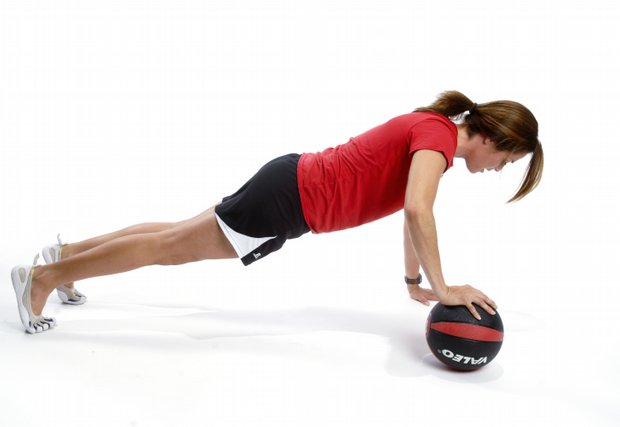Corrective Exercise & Rehab Specialist
Dr Tim Bhakta is a certified Corrective Exercise Specialist (CES) through the National Academy of Sports Medicine (NASM). This specialty coupled with his master’s degree in human movement science and doctorate in chiropractic medicine, has allowed Dr Bhakta to create customized rehab protocols for  his patients that are aimed at maximizing the recovery of athletes and non-athletes alike.
his patients that are aimed at maximizing the recovery of athletes and non-athletes alike.
The risk for many injuries in athletes and non athletes can minimized by correcting the balance of over utilized and underutilized muscles. As we go through life, all of us pick up bad habits. Habits such as, bad posture, repetitive movements at work, bad weight lifting mechanics, and imbalanced training due to overtraining favorite muscles, which can all can lead to faulty biomechanics and stress on our joints causing injury. Not correcting these imbalances increases the risk of injury which leads to missed games, missed work, missed family activities, and more.
Physical Therapy & Rehabilitation
Recovering from an injury can be simple as just allowing it to heal. That approach is reasonable under most circumstances when it involves minor injuries. However, major injuries or recurrent injuries need special rehabilitation to correct the underlying soft tissue correctly. The pattern of recurrent injuries is caused from the fact that the muscles never recovered properly and a phenomenon called "synergistic dominance" occurs. This is pattern of muscular imbalance comes about when support muscles try to do the job of the major muscles. Proper rehabilitation helps find and fix this and other biomechanical disparities before they become long term problems.

Corrective Exercise for Athletes
Corrective exercise is the most important step in a training program because it addresses inherent weakness and underutilized muscles. Improper training in the early years of life causes overtraining of major muscles (pecs, quads, hamstrings, etc.) and under training of stability muscles (adductors, gluts, pelvis basin, etc). We are taught to push ourselves to attain strength and power using exercises that focus on prime movers (squats, bench, curls); however, it is seldom that the associated stabilizers, and synergist muscles are trained. This imbalance leads to sub optimal performance and increases the risk of injury. A properly balanced training program will help correct these imbalances and optimize the body for peak performance. Be smart and stay in the game, fix it before it breaks.
